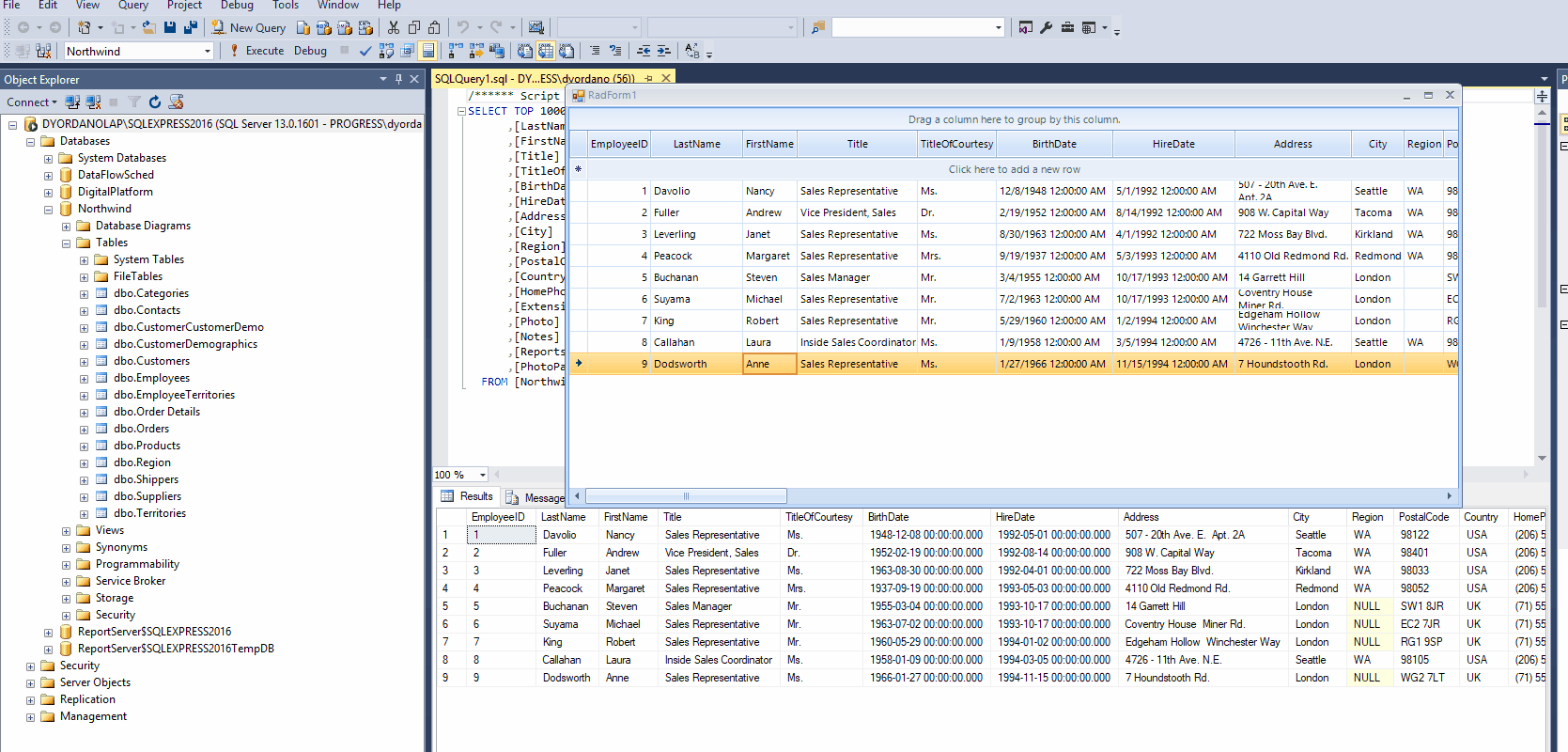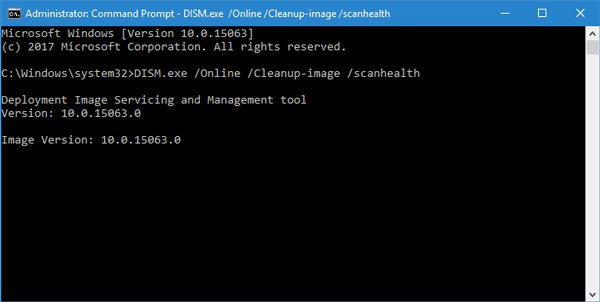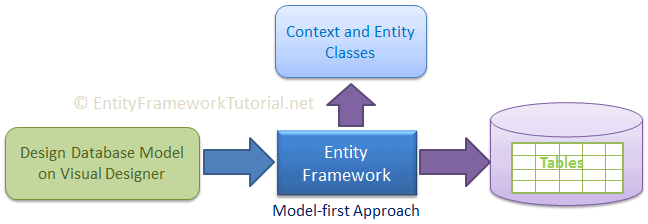

Updatedatabase command ef update#
when running the dotnet ef database update command. Let's start with the easier part - debugging the situation when errors appear while changes to the database are being applied, e.g. It's also best to have the same DbContext configuration here as in the project that you're having problems with. Remember to reference the correct DbContext for which the database update phase fails. The Host bits might look strange, but the setup is there to easily inject the IServiceScopeFactory, which will be used to set up instances of the DbContext. Protected override Task ExecuteAsync(CancellationToken stoppingToken) _serviceScopeFactory = serviceScopeFactory Public Worker(IServiceScopeFactory serviceScopeFactory, IHost host, ILogger logger) Private readonly IServiceScopeFactory _serviceScopeFactory Log.AddFilter("Microsoft", level => level >= LogLevel.Warning) Options.UseSqlServer("Server=127.0.0.1,1433 Database=Database User ID=User Password=Password MultipleActiveResultSets=true")) Var host = Host.CreateDefaultBuilder(args) * or other EFCore package depending on your database engineĪnd Program.cs looking like this: using EFCoreDebug NET 6 console application with the following NuGet packages added: * They usually work great (besides the occasional conflicts when merging pull requests), but there might come a time when you need to debug either the migration scaffolding operation or applying the changes to the database - what to do then? It is easier than you might think! Starting pointĪs a starting point, let's create a simple. Sample ProjectĪ good source of information (especially for newbies) about the new EF7 can be found here.Entity Framework's Migrations are a powerful tool for keeping the application data model in sync with the database. This presents the model to you as a read-only EDMX so that it cannot be accidently modified. To view a visual representation of the model, use the Entity Framework Power Tools add-in. Viewing a visual representation of the model you would not want the Seed() method making changes to your data or your database being dropped on schema changes). Use the Seed() method of the initializer to populate lookup tables and for test data.Setup the database initializer to drop and recreate the database when schema changes occur.The following is a recommended approach based on our experience: There are several options available when initializing a database from the model. Further reading from Microsoft can be found here. This is required when the model is being updated at the same time by multiple sources. ?Add-Migration ' abc' -IgnoreChanges? command in package manager. If you are working in a team environment, you may need to use the.?update-database -TargetMigration:? abc?command. You can rollback to a previous database schema by using the.Run the ?Update-Database? command in the package manager to apply the changes to the database.Run the ?Add-Migration abc? command in the package manager to create a change set.

Once changes have been made to the models class, a change set is created ( " abc" is used as a reference name). Therefore, in a team environment, it is difficult to manage and resolve changes especially merging change conflicts. With automatic migrations, changes to the model will automatically apply to the database.To disable, edit the ?configuration.cs? file and set ?AutomaticMigrationsEnabled = false?. By default, Automatic Migrations is enabled.To enable migrations in a Visual Studio project:
Updatedatabase command ef code#
The migrations feature needs to be enabled before it can be used in a Code First solution. Thus, provides the flexibility and robustness of interchanging the database at any particular time. All changes to the model will generate a change script by the framework. Code First MigrationsĬode First Migrations in Entity Framework are used to manage model changes. This primer assumes you are already familiar with the basics of Code First development and will focus on the use of the relatively new Code First Migrations feature. As the visual format is being phased out from the new Entity Framework 7 (EF7), here is a primer for starting a new project using the Code First approach.

Entity Framework 6 (EF6) provided the option to manage the data model in a visual format (via EDMX) or by a code first approach (purely code classes).


 0 kommentar(er)
0 kommentar(er)
